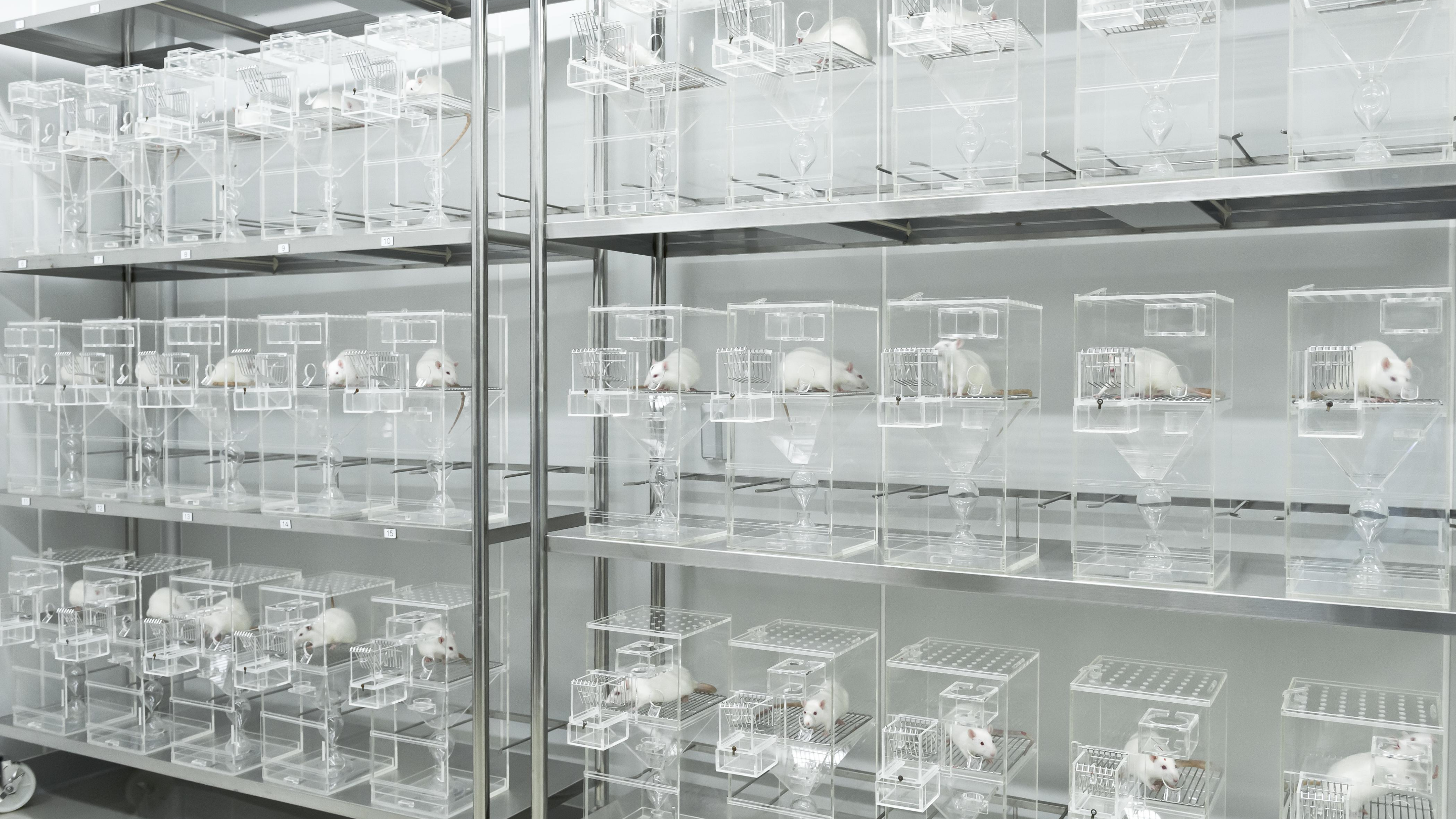
Words matter. Animal experimenters know it.
That’s why they choose their words carefully when they describe how they are hurting animals.
They say “sacrifice” instead of killed.
“Cervical dislocation” instead of snapping the animal’s neck.
Carefully chosen words in written protocols and published papers aim to diminish the ways experimenters harm animals.
They are trying to make it challenging for the public to paint a picture for themselves of what is actually happening to animals inside laboratories. Because, similar to how they don’t want windows in their buildings or videos of their experiments going public, they don’t want people to even be able to envision what is happening to animals inside labs.
They know you would be disturbed—and you wouldn’t stand for it.
I think you ought to know what their jargon really means. After all, it’s our tax dollars funding much of the experiments conducted on animals.
Here are a few terms I often see in published papers about animal experiments. I have translated them to what they actually mean to give you an idea of how we can start to understand what happens to animals in labs, and work to transform their narratives.

We won’t let them get away with this.
Join us! Go more in depth on understanding scientific jargon, building up grassroots communities, and developing strategic campaigns our next free virtual workshop. Learn how to decipher language about cruel experiments and start building your own compelling story!
Online Workshop: Crafting Your Message
June 23, 2021, 7 PM EST (4:00 PM PST)